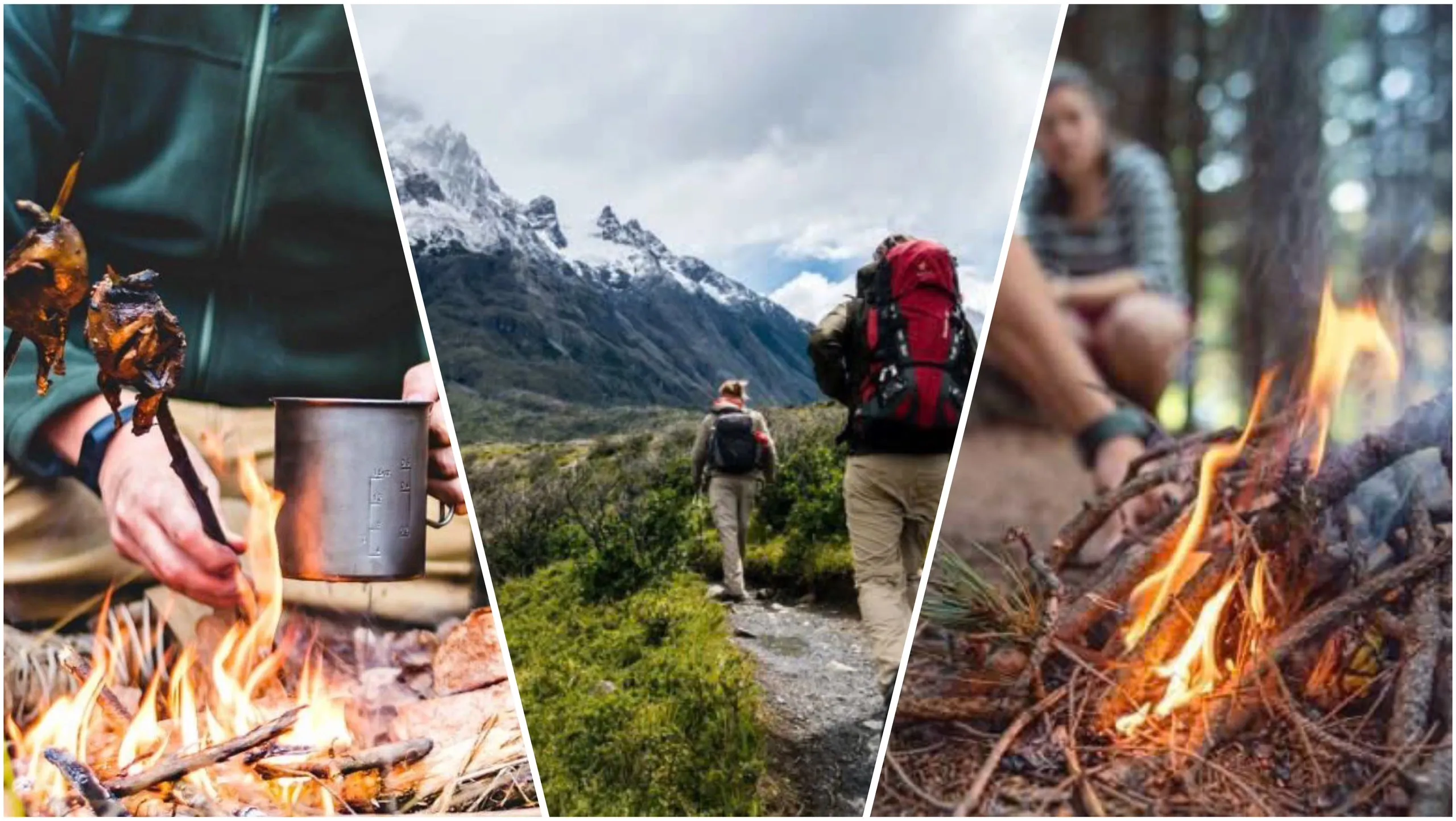
Survival skills are more than just a set of techniques; they are the ability to turn adversity into opportunity and face the harsh challenges of nature with preparation and understanding. When you are lost in the deep forest, it is no longer just about finding your way back, but about maintaining life and keeping your spirits up in adverse conditions. To prepare for unforeseen situations, equipping yourself with survival skills is extremely necessary. In this article, we will introduce to you the 10 most useful survival skills in the forest, helping you not only overcome emergency situations but also enjoy each of your trips safely and confidently. Let’s explore and equip yourself with these survival tips so that your picnics will always be memorable!
1. Stay calm
The most important thing in an emergency situation is to take a deep breath and quickly regain your composure. You absolutely must not cause panic to yourself.

In addition, you can calm yourself down and keep your mind calm by following the STOP rule as follows:
S (Sit Down): Sit down on the ground.
T (Thinking): Calmly think of a solution. At the same time, think about: “How many days of food do you bring, what tools do you bring with you, etc.?”
O (Observe your surroundings): Observe the surrounding situation, the current location where you are sitting. What is the temperature here? Is it dark yet? Are there wild animals here at night?
P (Prepare for survival by gathering materials): Outline options based on the current situation, combine with what you observe and think to come up with the most optimal way to handle the situation.
2. Determine the direction
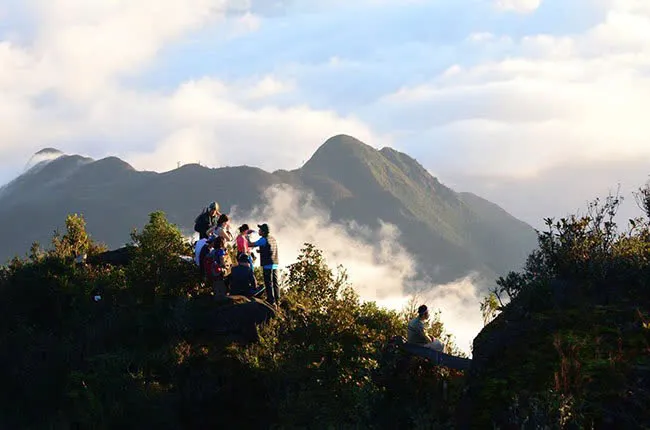
After you have stabilized your mind and calmed yourself down, the next step is to use a compass or map to determine the direction of travel and find the exit accurately. If you don’t have a compass or map, quickly move to the highest area to observe and look for signs of life around such as fields, kitchen smoke, or houses.
If you don’t see or hear any signs, try to locate a stream or river from above. Usually, areas with more lush vegetation can indicate a water source nearby. Move downstream, as this is an effective way to increase the possibility of finding a residential area or escaping from a dangerous area.
Don’t forget to mark the places you have passed to avoid getting lost further. You can use a piece of paper, cloth, or any other item to mark, making it easy for you to identify the places you have passed from a distance.
3. Limit moving a lot
When you feel lost and disoriented, you should look for a safe place to rest and limit moving further.
For those of you who are traveling with a group, make sure everyone stays close together. Absolutely do not separate from each other and do not go out of sight of your teammates within a radius of a few hundred meters.
While resting, do not forget to protect your skin by wearing long pants, covering your face and letting your sleeves down. This way will help you avoid insect bites. Those who have open wounds should give first aid quickly to avoid infection.
4. Making a fire in the forest
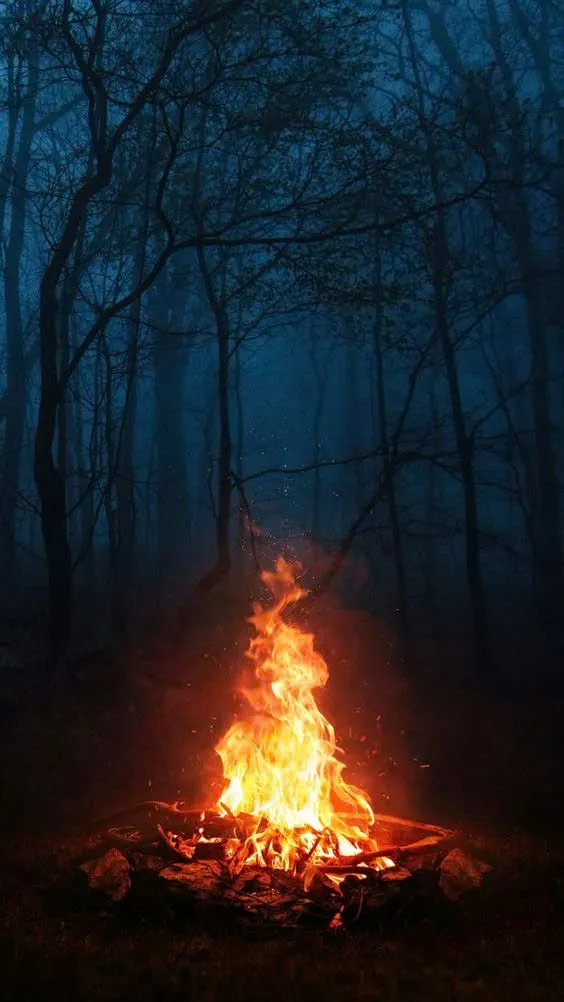
Making a fire is one of the especially important and useful survival skills. Fire has many uses such as cooking food, warming the body, boiling drinking water and helping to repel wild animals, etc.
Therefore, when going on an adventure, you always need to be equipped with a lighter, matches, etc. In case the matches or lighters get wet, you must quickly start making a traditional fire. There are many ways to make fire such as using two stones rubbing strongly against each other, drilling by hand on dry grass, leaves, etc.
Here are some simple methods to make fire, helping you equip yourself with more survival knowledge:
– Hand drill with firewood and wood: This is a classic and effective method, but requires patience and technique. Make a V-shaped slot on the wooden board, then use a small firewood branch about 60 cm long as the axis. Rotate the axis continuously until a red ember appears, then transfer the ember to the tinder and add dry wood to create fire.
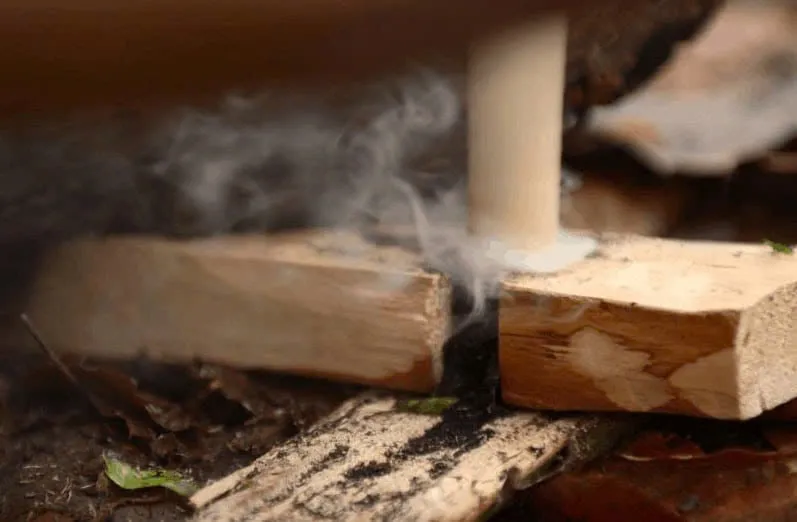
– Bow drill tool: Use a 60-80 cm long flexible tree branch as a bow and a sturdy string. Make a hole on the friction table and a slot for air circulation. Rotate the drill back and forth until smoke and fire appear, then add tinder to light the fire.
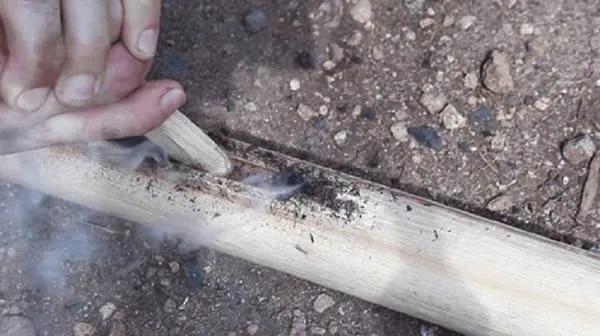
– Using a magnifying glass: In good sunlight, you can use a magnifying glass or alternative lens to focus light onto a kindling material such as dry leaves or paper. Point the lens toward the sun, adjust the angle to create a hot spot, and wait until the kindling material catches fire.
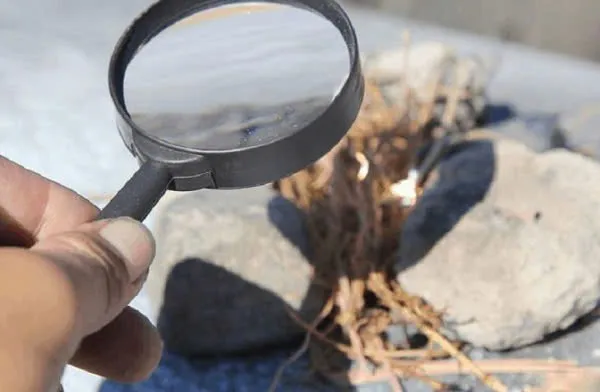
– Battery and aluminum foil: Use aluminum foil and a battery to make a fire by cutting aluminum foil into small pieces and attaching them to the two poles of the battery. The electricity will generate enough heat to ignite the aluminum foil.

– Water bag: Fill a clear plastic bag with water and hang it outside in the sun. The water will focus the light like a lens, creating a high temperature pond enough to ignite the combustible material placed under the bag.
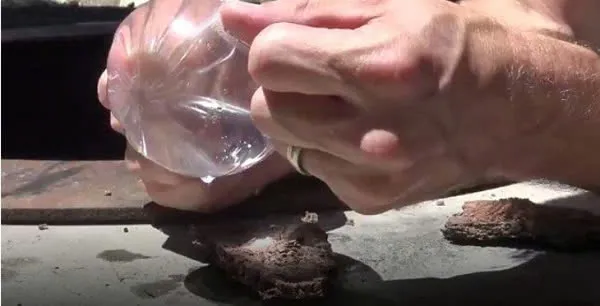
– Charcoal cloth and flint: Use flint and charcoal cloth to make fire by rubbing flint against the charcoal cloth until the cloth glows red, then add tinder and blow gently to make the fire flare up.
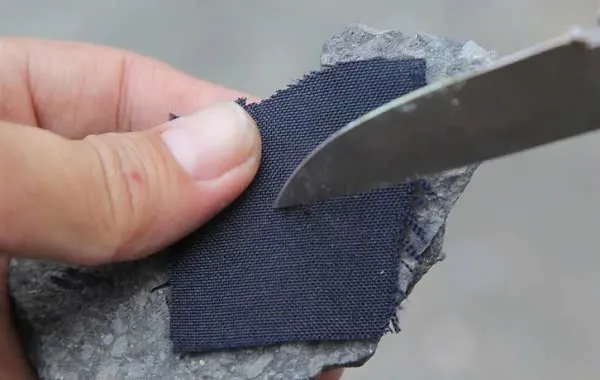
– Chocolate and aluminum can: Rub chocolate on the bottom of the aluminum can until the bottom surface is shiny. Turn this side towards the sun and place the combustible material on the point that reflects the light to make fire.
– Paper and empty lighter: Use an empty lighter to strike the paper, creating flint crumbs. Use these crumbs to start a fire, even if the lighter has no gas, it can still generate fire.
**Note:** When making fire by friction, use dry and combustible wood. Make sure the materials and tools are stable for a more effective fire-making process.
5. Create a rescue signal
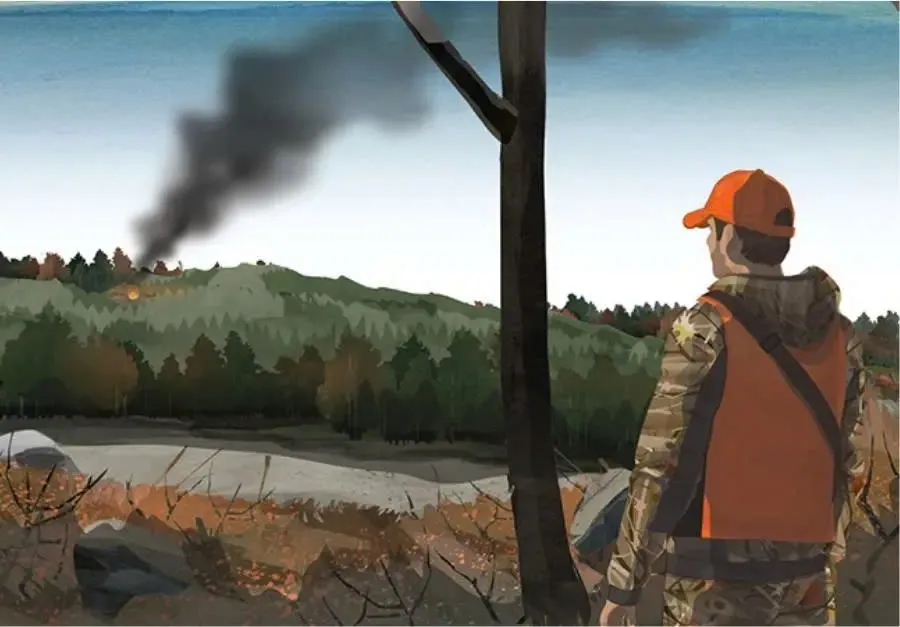
When lost in the deep forest, quickly find a stable place to sit, observe the situation in the surrounding area. Then, send out a rescue signal so that people can quickly find and help you.
You can create easily recognizable signs such as setting up a colorful tent, hanging clothes and hats on high hooks, creating smoke, stretching a cloth, etc. during the day.
At night, light three fires in a triangle shape to create a distress signal for the rescue team. Another effective method that you can refer to is using a flashlight to flash continuously and send an SOS signal.
6. Find a clean water source

Try to find streams around you, always remember that water always flows downhill. Therefore, move to low-lying areas or valleys to find water sources faster.
If you have been walking all day and cannot find any water source, collect dew, steam from leaves or water in tree trunks to drink.
Survival experts advise that we need to purify water before drinking to minimize the risk of infection from dirty water. Drinking contaminated water will make you quickly weak and exhausted
7. Find a safe shelter in the forest
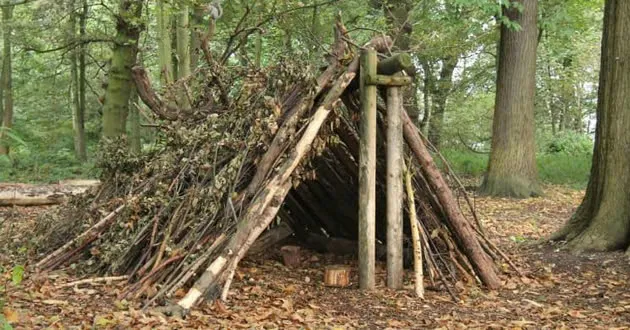
Find a safe shelter to avoid the cold at night and ensure your health. When you find a fallen tree, you can create a place to lie down by arranging large branches to create a frame and using forest leaves for cover. If possible, find caves, but make sure there are no dangerous animals such as bears, leopards, snakes, etc.
8. Find a safe food source in the forest
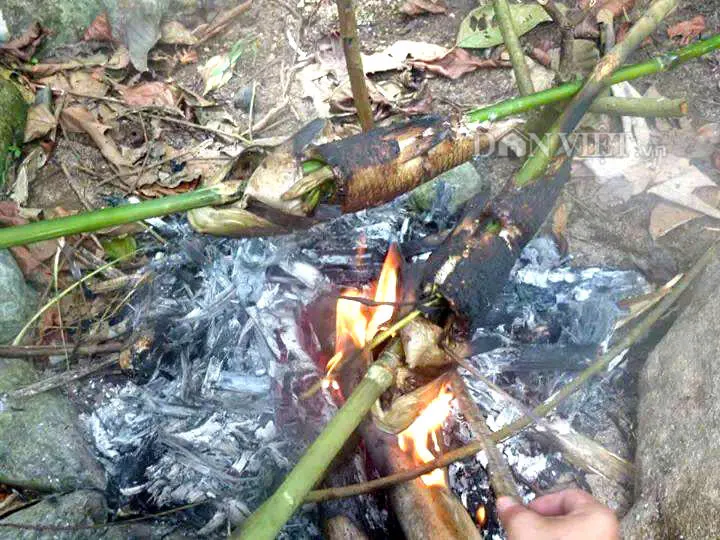
If the amount of food you bring is not enough, the only food source that can help you survive in the forest at this time is eating vegetables, meat, fish, insects, etc. Although you normally never eat them, these insects provide a lot of nutrition for the body.
In particular, for those who are luckier to live near streams, fish is a very good food source at this time.
A basic survival skill in the forest is that before eating, you need to cook or grill it to remove all parasites in meat, fish, insects, etc. You absolutely do not eat insects, mushrooms, or colorful fruits.
9. Quickly repel insects
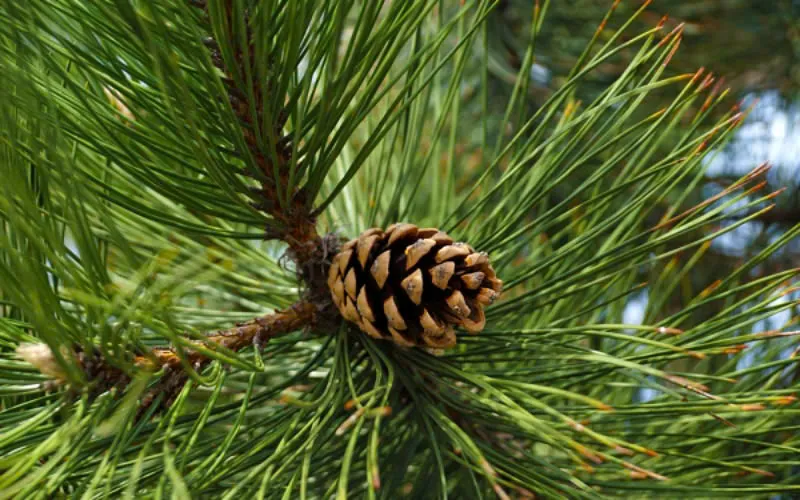
A survival skill in the forest to repel insects and mosquitoes, you can rub pine branches together, then apply pine essential oil to your body.
10. Keep your body warm at night
At night, the temperature in the forest is quite low, combined with the cold night dew, so you should always keep your body warm by wearing long-sleeved clothes and burning milk to keep warm.
In case it is too cold, you should use dry leaves to stuff in your shirt or as a mattress to avoid hypothermia. This is an effective survival skill that not everyone pays attention to.
Through this article, we have provided you with a summary of 10 essential survival skills in emergency situations. We hope that this information will help you prepare more carefully for each trip and discovery, thereby ensuring safety and confidence when facing any challenges on your journey.



